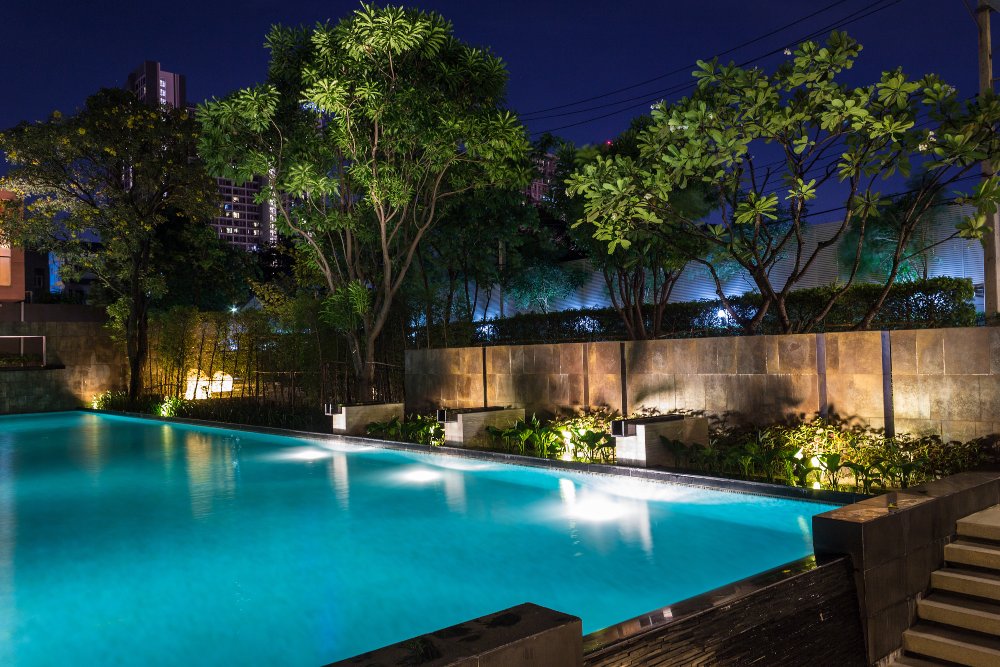
While many homeowners put up holiday lights themselves, if you’re not experienced with installing the lights, you should consider hiring a professional. A certified installation company can provide better results than a do-it-yourselfer. These professionals are equipped with the right tools, training, and experience to get the job done properly. And, they’ll also avoid risks such as working from unsafe ladders and rooftops.
Cost of hiring a professional for holiday lighting installation
Hiring a professional to install your holiday lighting can be a great way to avoid the hassles of installing these lights yourself. Hiring a professional will also ensure your house is the most beautiful on the block. However, it’s also important to remember that problems can arise. Make sure you have a written agreement with the lighting installation company that will cover any problems that may occur.
Most professionals charge between $1.30 and $3.00 per linear foot for their holiday lighting installation services. You will also need to pay for light strands, which can cost anywhere from $80 to $300. Keep in mind that the price of installation can increase significantly if your home has large trees or diverse landscaping. Be sure to get multiple quotes to be sure that you will receive the best deal. Also, be aware of any lighting regulations in your area. For example, some neighborhoods only allow certain kinds of lights to be installed on the outside of your property. Also, make sure you find out if you need to have these lights removed after the holiday season.
Safety concerns
Putting up holiday lighting on a house can be a hazardous task. Not only can you burn yourself, but you can also damage property. That’s why it’s important to check the bulbs before installation. Also, you should consider switching to LED lights instead of incandescent lights because they use less energy and run cooler. You should also consider using plastic clips to secure the light strings to the house rather than staples, which can damage them. In addition, you should also keep children away from the lights, as the heat they generate can burn a home down. Last year, 30% of home fires were caused by holiday decorations.
You should never leave holiday lights on unattended, even if the entire house is asleep. It is also important to have someone in the home who can quickly switch off the lights if there’s an emergency. If left on for an extended period of time, they can cause property damage, injury, or even death. You should also replace your lights as soon as they burn out. To prevent this, make sure you use only holiday lights that are properly rated for their wattage.
Cost per foot
The cost per foot of holiday lighting installation varies depending on the style and amount of lighting you need. Traditional incandescent lights are usually the most affordable choice. You can also get lights in sheets that cover larger areas. If you are unsure of how much each fixture will cost, consult a professional.
Most lighting installation companies charge between fifty cents and two dollars per linear foot. This rate depends on the type of lights you choose, the number of strands, and the type of bulbs. Typically, a 1,000 to 2,000-square-foot home needs anywhere from ten to twenty strands of holiday lighting. It is also important to note that LED lights are more expensive than incandescent lights.
You should ask prospective holiday lighting installers about cost estimates before hiring them. You can request multiple quotes and get a free estimate. You can also inquire if you need to install outdoor outlets, grounding wires, and so on. If you don’t need outdoor outlets, it may be better to buy your lights yourself and install them yourself. In this case, you can save on costs and get your lights installed right after the holiday season.
Incandescent bulbs vs. LED bulbs
There are many advantages to switching to LED lights for holiday lighting installation. These bulbs consume far less energy and have a longer lifespan than incandescent bulbs. They also produce less heat, which is great for the environment. In addition, they are more durable than incandescent bulbs and require a lower initial investment.
While incandescent lights are cheaper than LED bulbs, they’re being phased out due to their high energy usage and environmental impact. An incandescent light bulb can use up to ninety percent of its energy, which makes it cost more to power your home. The majority of the energy used in incandescent bulbs is lost as heat.
LED holiday lights are also safer. This type of bulb does not release heat and remains cool to the touch, reducing the risk of burns to pets, children, and foliage.
Incandescent bulbs burn out faster
When installing holiday lighting, be sure to use bulbs that are designed for use in holiday lights. You should also check the wattage label on light fixtures to make sure that you’re using the right wattage. LED and CFL bulbs use very low wattage, so they won’t run hot. Incandescent bulbs, on the other hand, can easily exceed the maximum wattage of a fixture. This will result in excess heat, which will reduce bulb life and may even melt the insulation in the fixture wiring.
Another cause for bulbs to burn out sooner is poor air circulation. Make sure that the air conditioning in your house is running evenly throughout the house so that the heat is not pushed through the bulb. Also, make sure that the bulbs aren’t blocked by furniture or other obstructions.

